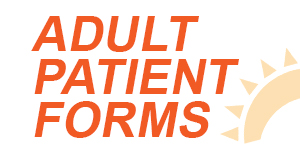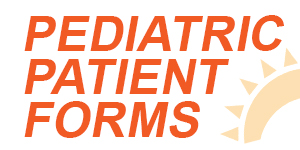If you’ve been diagnosed with spinal stenosis, you may be wondering what the diagnosis will mean for the rest of your life. Alternatively, you may have begun to experience back or neck pain and might be wondering if your pain is due to stenosis.
In this article, we will outline 3 of the most common signs and symptoms of spinal stenosis.
Spinal Stenosis Sign #1: Pain In the Spine
One of the most obvious signs of spinal stenosis is pain. Spinal stenosis is the narrowing of the vertebral canal or the little holes on either side of the spine (known as central and foraminal stenosis respectively).
As these passageways continue to narrow with the progression of the disease, pain often increases and certain activities can become very difficult to do. Therefore, most patients’ symptoms begin as vague pain in the back before progressing to numbness, weakness, and other issues throughout the spine and extremities.
Spinal Stenosis Sign #2: A Flexed Posture
Because of the nature of the condition, patients will often begin to naturally flex forward, or hunch in an attempt to reduce the pressure on their spine and nerves.
In fact, it is very difficult for those with stenosis to extend or stand up tall. Doing so can cause extreme symptoms including pain, numbness, tingling, and a throbbing sensation.
One of the tests that doctors and similar practitioners will use to diagnose stenosis is known as the Stenosis Treadmill Test. During the test, the patient will be asked to walk on a treadmill, and report their symptoms. As the test progresses, the test administrator will increase the slope of the treadmill, causing the patient’s spine to flex further forward. If the pain and symptoms resolve as the slope is increased, the test administrator can reasonably assume that the patient is suffering from stenosis.
Furthermore, doctors and other medical practitioners will often take x-rays of patients’ spines, which can show a detailed picture of the extent of the issue.
Spinal Stenosis Sign #3: Decreased Balance
Many people who suffer from stenosis will notice decreased balance and may experience frequent falls. This is due to the fact that the nerves branching off the spine aren’t conducting signals properly, thus leaving the legs in a vulnerable position when the person is walking.
One of the common solutions for this issue is for patients to use a cane or walker. However, these devices can be cumbersome and may be difficult for some patients to learn how to use.
How Can Chiropractic Care Help With Stenosis?
Through regular chiropractic care, patients with stenosis can often find relief.
Chiropractic manipulations serve to open up the spine and improve nerve conduction from the spine to the extremities. This often leads to decreased pain and other symptoms in the long term.
Unfortunately, there is no way to stop the progression of this debilitating condition. But this does not mean that patients with spinal stenosis are doomed to live with extreme pain and symptoms for the rest of their lives. Chiropractic care offers the perfect alternative to risky surgeries and dangerous medications which are the common go-to treatments for spinal stenosis. In comparison to these options, chiropractic care is safe and effective.
Have you been suffering from spinal stenosis and aren’t sure where to turn? If so, you’re not alone! Many patients with spinal stenosis assume they are doomed for a life of pain and decreased activity after their diagnosis. But the professionals at Awaken Chiropractic, your Parker chiropractor, think differently. We are ready to help you live your best life. Book your appointment now!






